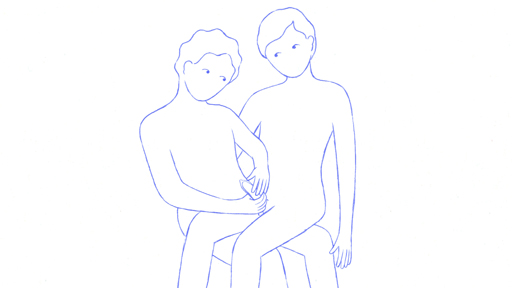1.6 Condoms
A risk-based approach versus a positive approach to condoms
In this final section we continue looking at risk-based versus positive approaches to teaching, but turn our attention to looking specifically at the use of condoms.
A risk-based approach to condoms might be to warn young people about the risks of STIs and pregnancy, and to say that the best way not to get an STI is to avoid sex and if you can’t abstain, to always use a condom.
A positive approach would talk about the risks of STIs and pregnancy, but would include why condoms are needed to prevent these. However, it would also talk about how to negotiate safer sex/condom use; what to do in different situations where a condom might be needed, how to get them and how to use them.
A positive approach recognises that condom use is about what happens when two (or more) people meet. Therefore, it would discuss communication, and also get young people thinking about the difficulties they might face – like girls that might be seen as ‛bad’ if they suggest condoms or carry condoms with them. Here it’s not the condom that is a problem, it’s society’s view on girls’ sexuality.
Summary
In this first learning session you learnt some of the important concepts associated with communicating with young people about sexual pleasure. In particular, you learnt what sexual pleasure is and how to define it and you came up with your own definition about sexual pleasure. You also learnt about the differences between risk-based and positive approaches.
But this is only the beginning of your journey. In Learning Sessions 2 and 3, you’ll explore further why talking about sexual pleasure is so important, as well as why people often find it hard to talk about.
Learning Sessions 4 to 6 are packed full of ideas and tools you can use to positively teach the practical elements of pleasurable sexual activity in your classes.
Now you can go to Learning Session 2 [Tip: hold Ctrl and click a link to open it in a new tab. (Hide tip)] .
1.5 Changing our messages

